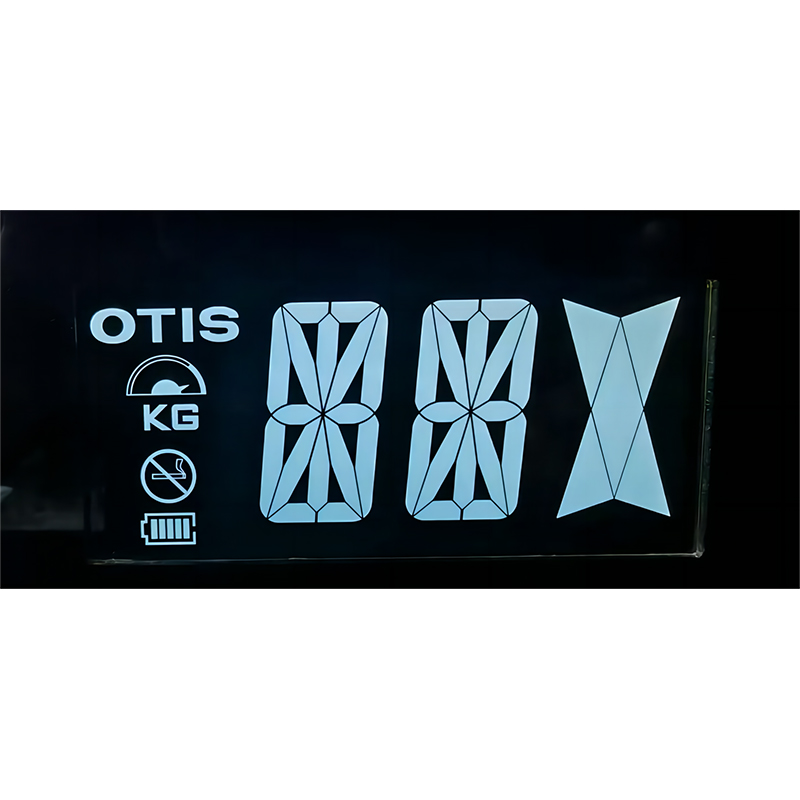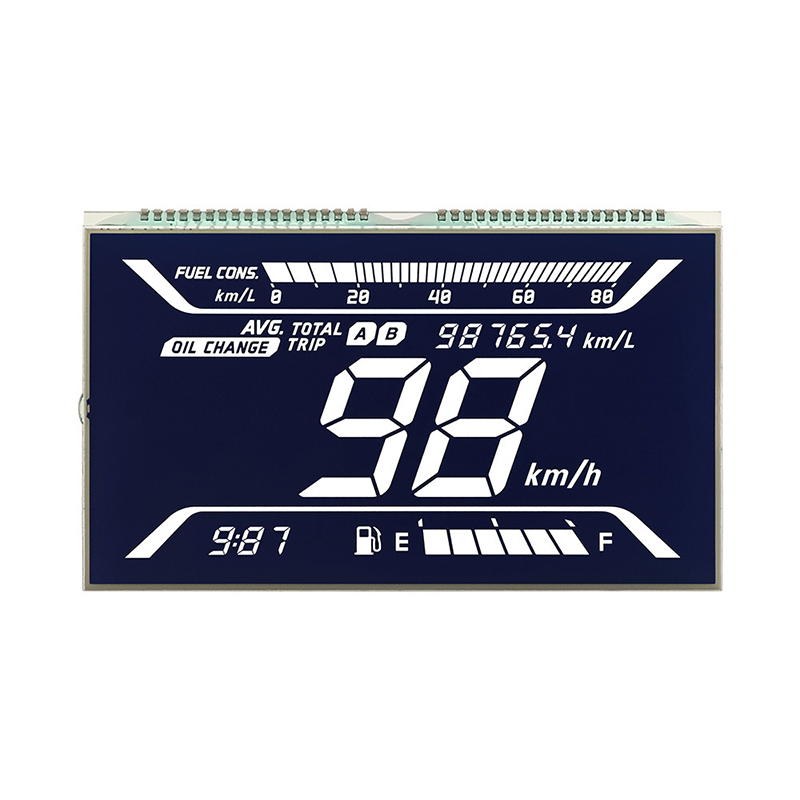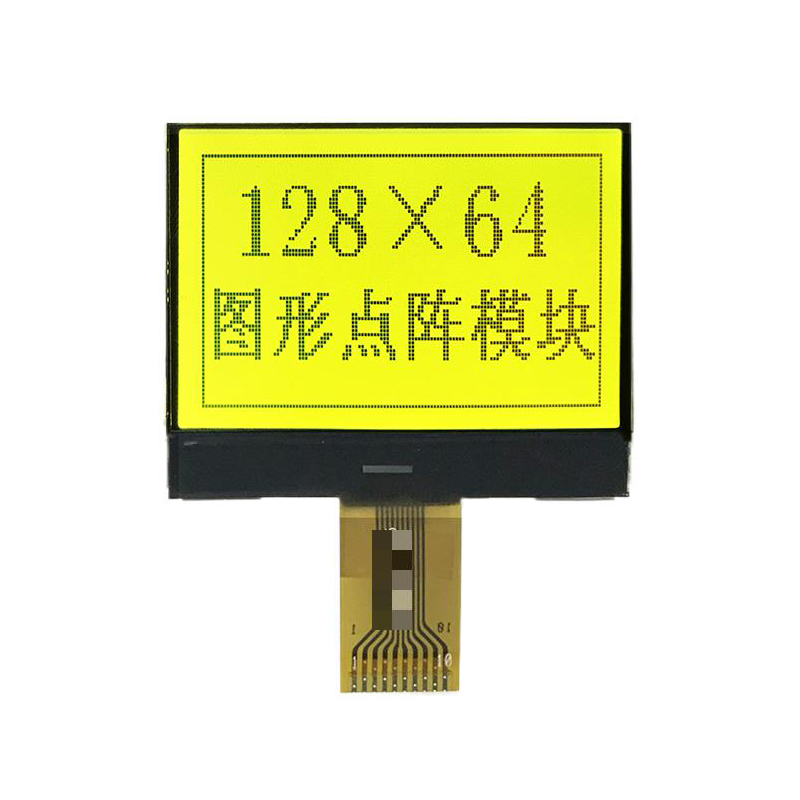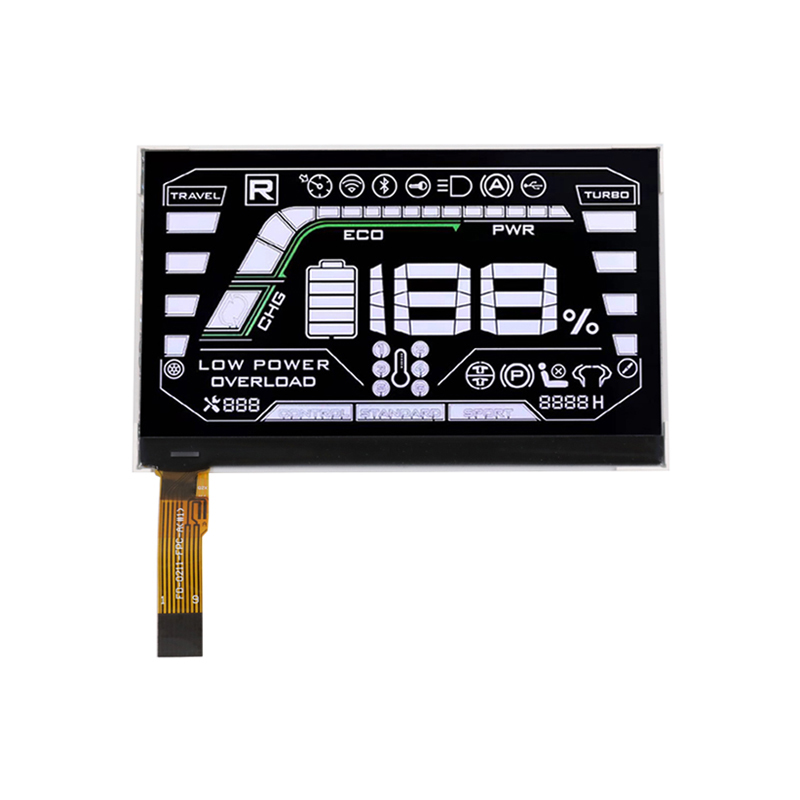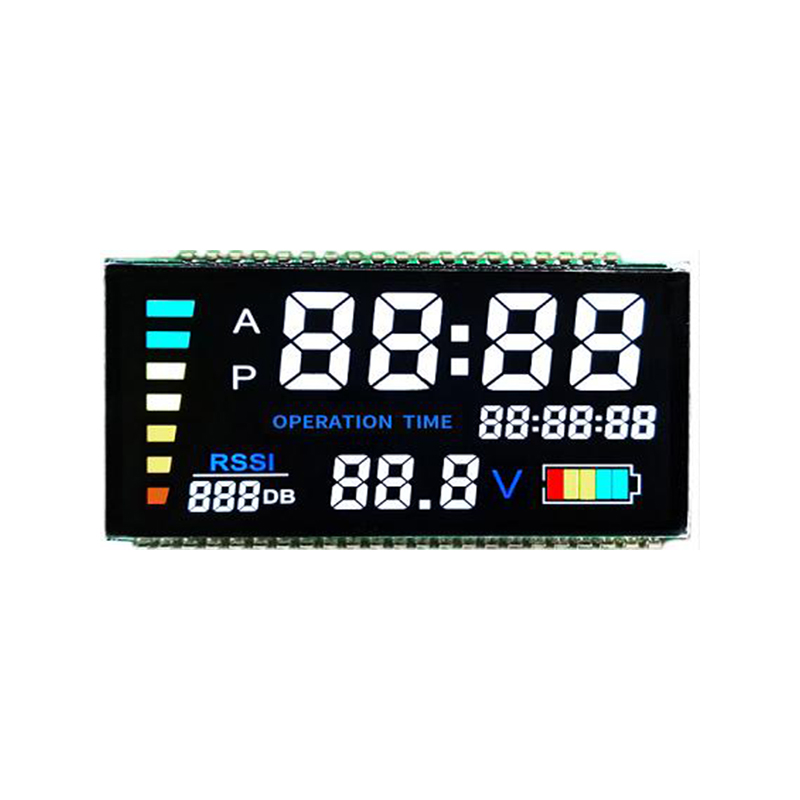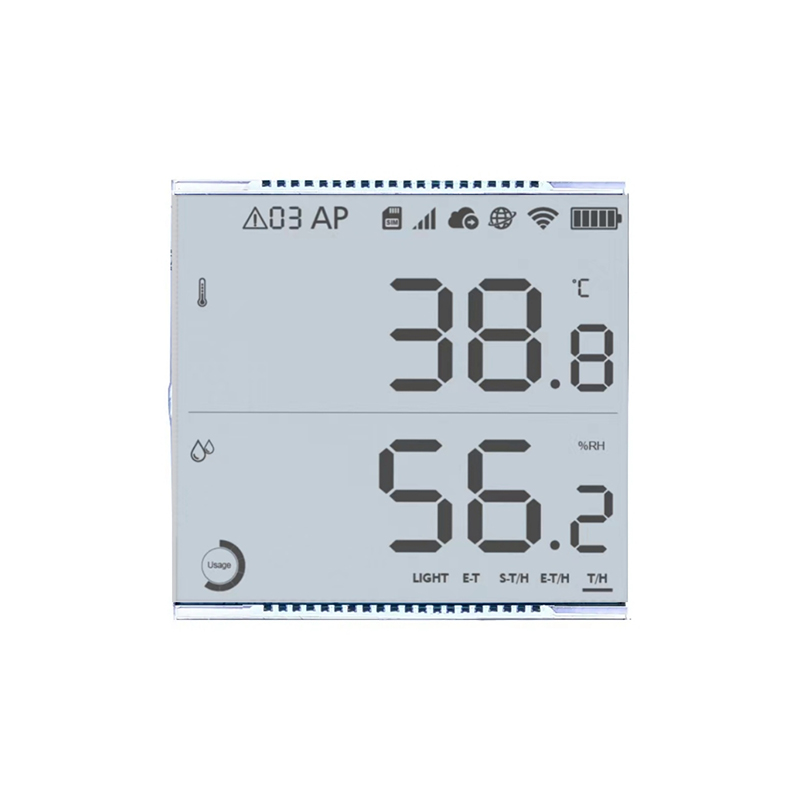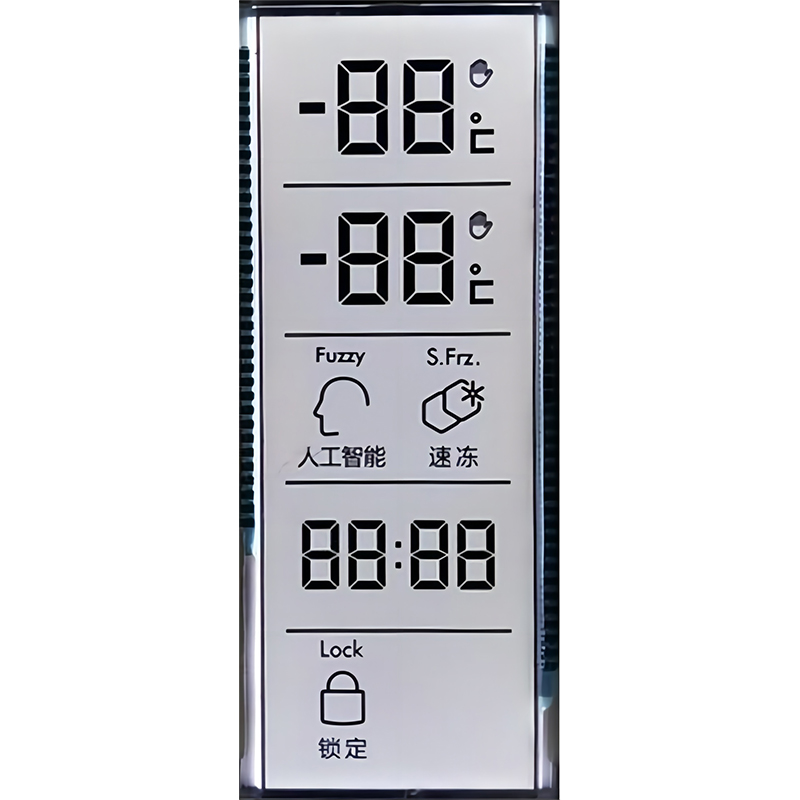
This comprehensive guide explores monochrome TFT displays, covering their types, applications, advantages, and disadvantages. We'll delve into the key specifications to consider when choosing a display for your project, helping you make an informed decision. Learn about different technologies, resolutions, and interface options available in the market today. Discover how monochrome TFT displays excel in specific applications due to their unique properties.
Monochrome TFT displays, unlike their color counterparts, display images in a single color, typically shades of gray, green, or amber. The TFT stands for Thin-Film Transistor, a technology that allows for individual pixel control, resulting in sharper images and faster response times compared to other display technologies like passive-matrix LCDs. This technology makes them suitable for applications where high contrast and readability are crucial, even in direct sunlight.
Several types of monochrome TFT displays exist, differing primarily in their backlighting and viewing angle characteristics. Common types include:
These displays require a backlight to be visible. They offer good brightness but consume more power. The backlight color (e.g., green, amber) often determines the displayed color.
These displays don't need a backlight and rely on ambient light for illumination. They're ideal for low-power applications and offer excellent visibility in bright conditions. However, they may appear dimmer in low-light environments.
These combine the benefits of both transmissive and reflective displays. They can operate with or without a backlight, offering flexibility in various lighting conditions. They represent a good compromise between power consumption and visibility.
When selecting a monochrome TFT display, consider these key specifications:
This refers to the number of pixels (dots) on the display, affecting image sharpness. Higher resolutions offer more detail.
The physical dimensions of the display, measured diagonally in inches.
The range of angles from which the display can be viewed clearly. Wider viewing angles are generally preferred.
The difference in brightness between the darkest and brightest parts of the display. Higher contrast ratios result in crisper images.
The type of connection used to interface the display with the control circuitry. Common interfaces include parallel, serial, SPI, and I2C.
The amount of power the display consumes, a critical factor in battery-powered devices.
Monochrome TFT displays find applications in various industries due to their strengths in readability, contrast, and power efficiency:
The ideal monochrome TFT display depends on your specific application requirements. Carefully consider the factors discussed above to make an informed decision. For high-quality and reliable monochrome TFT displays, consider exploring options from reputable manufacturers. For instance, Dalian Eastern Display Co., Ltd. offers a wide range of solutions for various needs.
Understanding the characteristics and specifications of monochrome TFT displays is vital for selecting the appropriate display for your project. By considering the factors discussed in this guide, you can ensure optimal performance and user experience.

